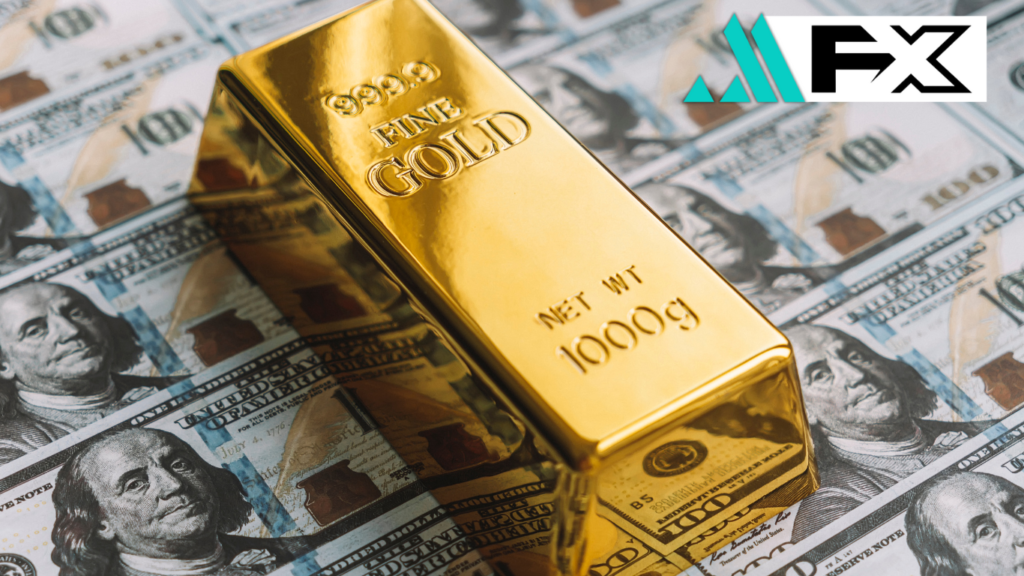Gold prices rebounded modestly on Friday, reversing early session losses, as investors recalibrated expectations following the announcement of a trade framework between the U.S. and the United Kingdom. The slight recovery comes after two days of heavy selling in bullion markets, driven by shifting sentiment around global trade policy.
As of 01:44 ET (05:44 GMT), spot gold climbed 0.4% to $3,320.95 per ounce, while June gold futures rose 0.5% to $3,329.24. The yellow metal is on track for a weekly gain of over 2%, buoyed by volatility stemming from new U.S. tariff threats and renewed geopolitical uncertainty.
Despite Thursday’s trade announcement, analysts remain skeptical that the U.K. agreement will trigger broader trade de-escalation. Caution remains prevalent ahead of key U.S.-China trade talks, scheduled for the weekend, which many see as pivotal for bullion’s near-term direction.
Trade Policy Uncertainty Drives Sentiment
President Donald Trump signed a new trade framework with the U.K. on Thursday, keeping a 10% tariff on U.K. imports in place, while the U.K. reduced its tariffs from 5.1% to 1.8%. The announcement offered temporary relief to markets but did not significantly ease broader concerns.
Trump also confirmed that substantive negotiations with China are expected to begin, signaling the start of renewed discussions on tariffs affecting everything from pharmaceuticals to film.
While these developments initially dampened demand for safe-haven assets, gold found support as traders reassessed the risk of sustained tariff pressure. The U.S. dollar index weakened slightly, further supporting gold by making it more attractive to non-dollar investors.
Key factors supporting gold:
- Uncertainty over long-term U.S.-China trade resolution
- Weakening U.S. dollar in Asian markets
- Persistent volatility in tariff policy direction
ING analysts cautioned against overestimating the impact of the U.K. deal, noting, “A de-escalation with China is realistically the only thing that can meaningfully move the dial on the tariff hit.”
Copper Slips Despite Resilient Data
In industrial metals, copper prices retreated, reflecting investor caution ahead of U.S.-China trade talks. Despite Chinese customs data showing stronger-than-expected exports and stabilized imports, markets remained defensive.
- LME copper fell 0.4% to $9,395.20 per ton
- July U.S. copper futures dropped 1.4% to $4.540 per pound
Traders focused on the potential impact of tariffs on industrial demand, particularly if talks with Beijing stall or fail to yield concrete results.
Other metals:
- Silver hovered at $32.653 per ounce
- Platinum gained 0.5% to $986.55 per ounce
While gold remains sensitive to policy headlines, copper and silver markets are more tightly tied to macroeconomic indicators and industrial demand trends.


